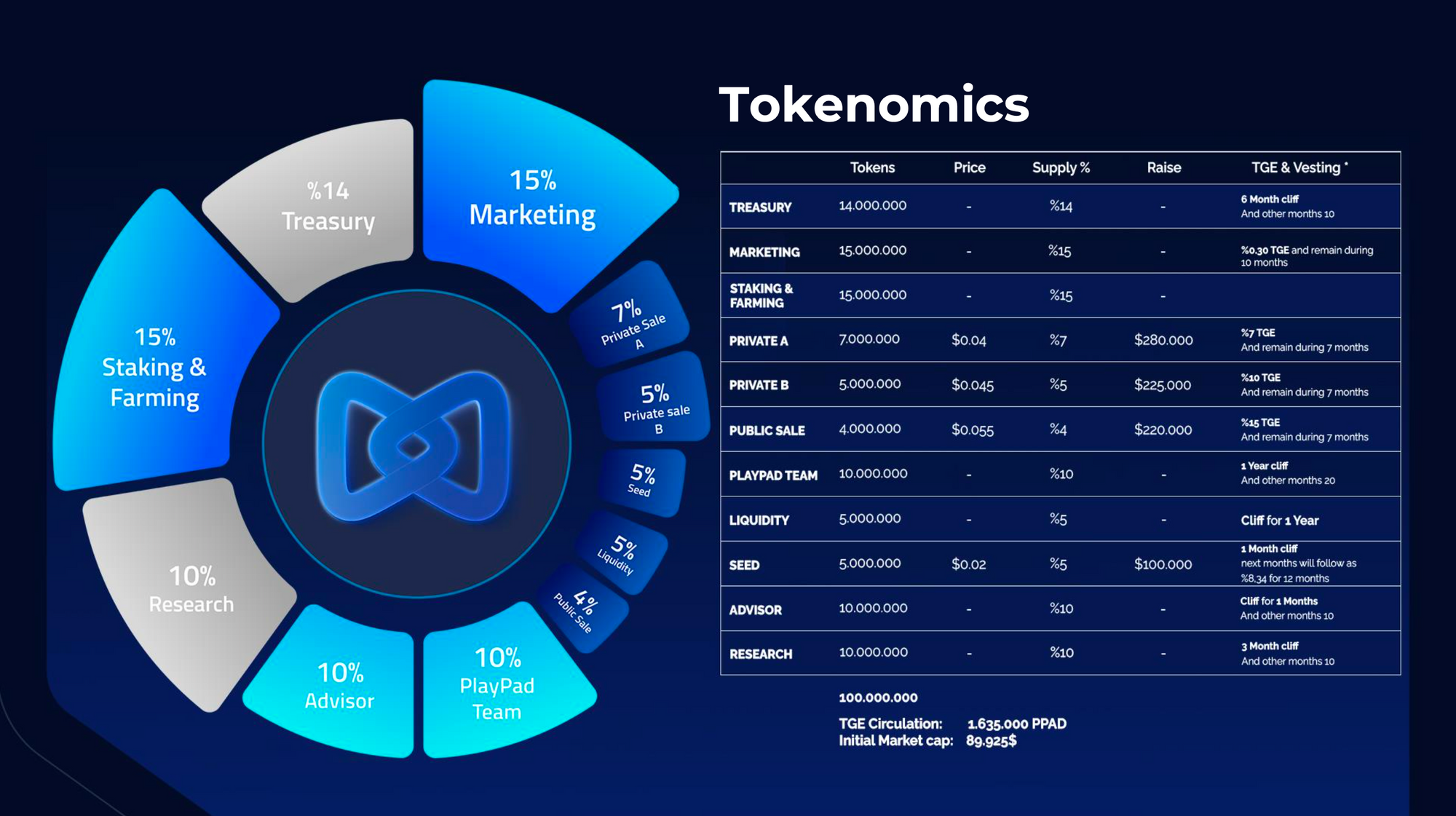Rapture #154: How I Learned to Design Tokens

I recently got off the phone with someone who is looking to join ConsenSys as a new token designer. She asked many questions regarding the process that I use to design tokens. While I cannot talk about the specifics of the various projects I am working on, I thought it might be interesting to disclose the process I went through of learning how to design tokens.
Getting up to speed on tokenomics

While I initially got into crypto specifically because of the opportunity to design new systems that achieve a common economic goal without using traditional corporate structures (i.e. DAOs + tokens), getting up to speed on how exactly that is done was definitely a learning process.
Most people don't know where to start in terms of designing tokens. For me, I started by covering all the major governance events for various crypto DAOs (i.e. the proposals) and seeing what the effect of these proposals would have on the various DAO structures. In this way, I became better acquainted the actual functions of these various governance tokens. Additionally, I learned more about the DAO tooling used in enabling these voting systems to work.
In addition to writing about various governance proposals, I also began producing reports analyzing the various tokenomics models across different segments of the market. For example, I analyzed the differences between BNB, HT, FTT, and the other centralized exchange tokens.
Through producing reports analyzing the differences, I learned about the various ways tokens have been designed today. Furthermore, I could evaluate how successful the designs were in effectively aligning the incentives of various stakeholder groups that comprise the project's community, which is the core function of a token in my opinion.
Leveraging pre-existing incentive frameworks

Effective token design is all about aligning incentives across stakeholder groups. Stakeholder groups include users, investors, contributors, and core development team members. There are many different types of incentive systems that exist outside of crypto that one can take inspiration from. For example, I have analyzed various incentive systems that drive social media platforms, video game rankings, and nation state governments so that I might have frameworks for my token designs.
Each token must effectively fit with the product
At the end of the day, each token must fit in appropriately with the product it is being constructed around. It is imperative that the token designer has an intimate understanding of the product. One of the core functions of a token is supercharging user growth and allowing users to participate in the upside of the product's adoption. Thus, the token distribution needs to be constructed in such a way that user growth is optimized. Specifically, the designer must take into account sustainable user growth rather than mercenary user growth, and the best token designs involve features where distributions are sent to the most loyal users and there are continued incentives for utilizing the product.
Resources
Over the years, I have produced a lot of content that explores the topics discussed here further. The best resource for learning more about tokenomics is the cryptoeconomics tab on ConsenSys' website. You will find a variety of content there that my colleagues and I have written about tokenomics there.
Additionally, I used to operate a debate platform that was meant to serve the social consensus processes for various governance mechanisms. I wrote extensively on alternative governance structures for various DeFi projects, and the problems with governance today.
Disclaimer:
The Content on this email is for informational purposes only, you should not construe any such information or other material as legal, tax, investment, financial, or other advice. Nothing contained on this site constitutes a solicitation, recommendation, endorsement, or offer by Rapture Associates or Mattison Asher or any third party service provider to buy or sell any securities or other financial instruments in this or in in any other jurisdiction in which such solicitation or offer would be unlawful under the securities laws of such jurisdiction.
All Content on this site is information of a general nature and does not address the circumstances of any particular individual or entity. Nothing in the Site constitutes professional and/or financial advice, nor does any information on the Site constitute a comprehensive or complete statement of the matters discussed or the law relating thereto. You alone assume the sole responsibility of evaluating the merits and risks associated with the use of any information or other Content on the Site before making any decisions based on such information or other Content. In exchange for using the Site, you agree not to hold Rapture Associates, Mattison Asher, and its affiliates or any third party service provider liable for any possible claim for damages arising from any decision you make based on information or other Content made available to you through the Site.
